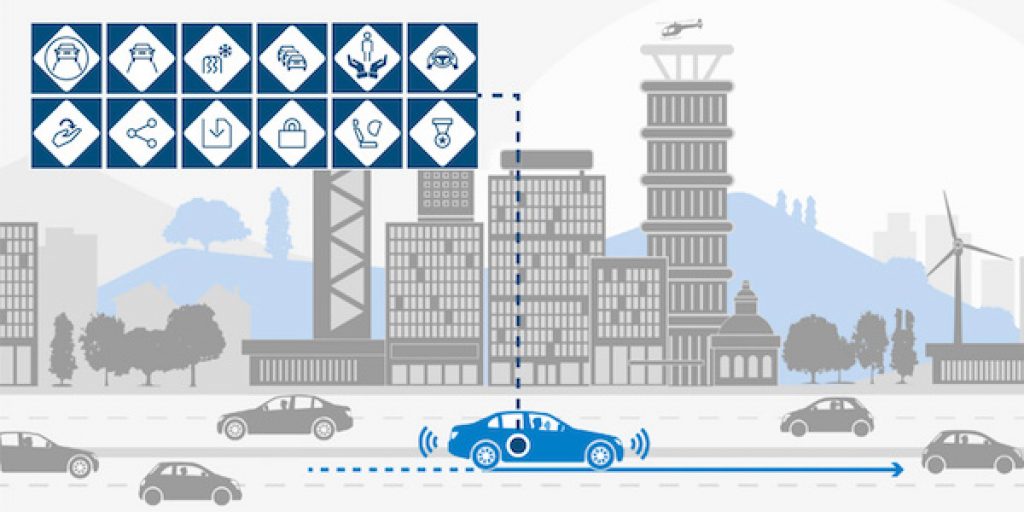Intel and Auto Industry Leaders Publish New Automated Driving Safety Framework
What’s New: Intel, in collaboration with 10 industry leaders in automotive and autonomous driving technology, today published “Safety First for Automated Driving,” a framework for the design, development, verification and validation of safe automated passenger vehicles (AVs). The paper builds on Intel’s model for safer AV decision-making known as Responsibility-Sensitive Safety (RSS).
“Industry collaboration on the safety of automated vehicles is key to realizing a safe and responsible autonomous future. We are proud to have contributed to the groundbreaking work to establish a framework for introducing automated vehicles that are safe by design. We look forward to collaboration with additional industry partners on this comprehensive framework as well as on Intel’s RSS model.”
–Jack Weast, Intel senior principal engineer and vice president of Automated Vehicle Standards at Mobileye, an Intel company
Why It Matters: Developing AVs that are verifiably safe by design is critical to enabling higher levels of autonomy on public roads. “Safety First for Automated Driving” brings together vast expertise from leading global automakers, suppliers and technology providers in the industry’s first comprehensive guidance for developing safe-by-design AVs.
How It Works: The foundation of the paper is 12 guiding principles and the steps necessary to realize them. Each principle is refined into a series of capabilities that a safe AV must support; safety elements are then derived to implement the capabilities. (Descriptions of the principles begin on page five of the paper.)
Intel’s RSS model is highlighted under the Drive Planning Element that supports a capability to “create a collision-free and lawful driving plan.” This element achieves the top-level principle to behave safely as a means to understand, predict and manage the manners of AVs and help ensure they conform to the rules of the road.
The Role of RSS: A shared vision to reduce traffic fatalities through driverless technology has yielded a wide range of approaches throughout the industry. “Safety First for Automated Driving” reconciles the many different approaches into a cohesive whole where only the best and safest approach is taken.
RSS was proposed in 2017 as a technology-neutral starting point for the industry to align on what it means for an AV to drive safely. RSS formalizes human notions of common sense driving into a set of mathematical formulas that are transparent and verifiable, providing a “safety envelope” around an AV’s decision-making capabilities.
“Safety First for Automated Driving” adds to the momentum behind the global acceptance of RSS, including recent support lent by technology leader Baidu*, automotive supplier Valeo*, standards body China ITS* and others.


